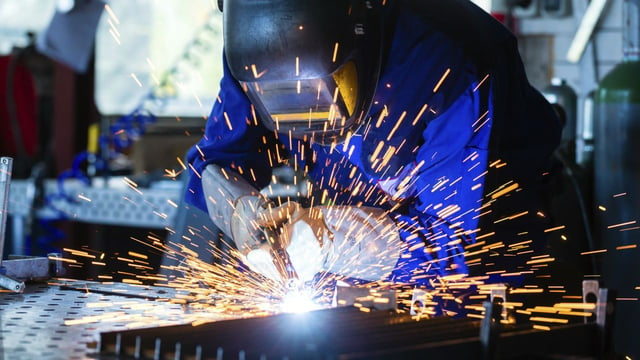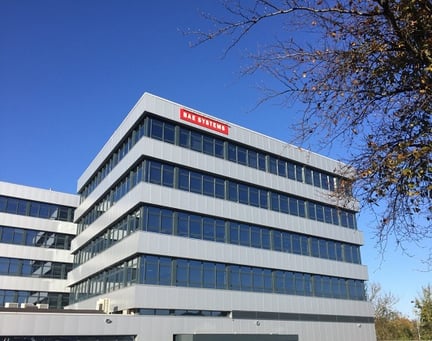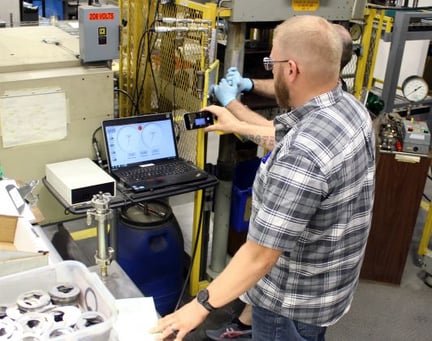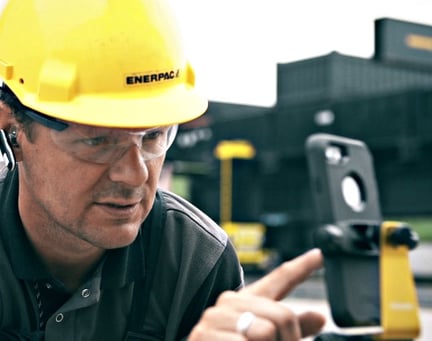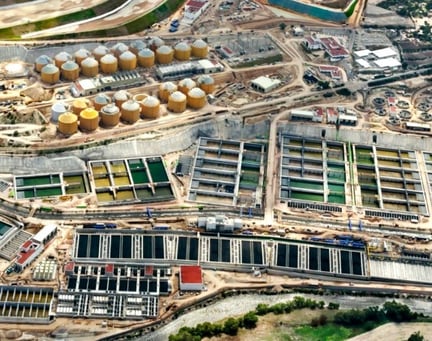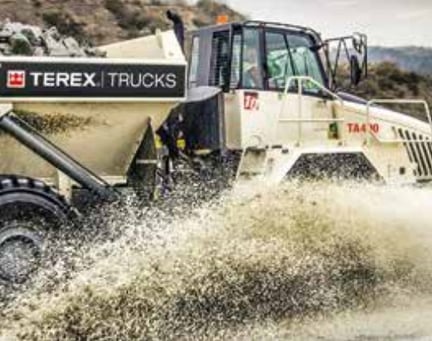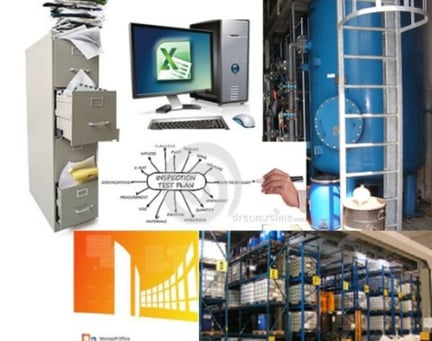Europe's most used standard for welding procedure qualifications (WPQ), EN ISO 15614-1 has been significantly amended as of the end of July 2017.
Europe's most used standard for welding procedure qualifications (WPQ), EN ISO 15614-1 has been significantly amended as of the end of July 2017. The changes concern the test piece, investigation, and range of qualifications. The amendments are designed to harmonise the standard with the ASME Boiler and Pressure Vessel Code (BPVC) Section IX, Welding, Brazing and Fusing.
What do these amendments entail?
-
The range of qualifications has been formulated differently on various points
-
Some aspects have become stricter, others more open
-
Two levels have been introduced:
- Level 1: based on the requirements from the ASME BPVC Section IX
- Level 2: based on the previous ISO 15614-1 edition with minor amendments
Two levels
Procedure tests carried out to level 2 are more extensive. The ranges of qualification are also more restrictive; in some cases even a small deviation requires a re-qualification or an additional qualification under level 2. This can happen when a company switches to another type of welding machine. Where no level is specified in a contract or application standard, all the requirements of level 2 apply.
It is important to note that WPQs issued under previous editions remain valid. However, once existing construction codes (such as EN 13445, EN 13480, etc.) are amended, manufacturers will need to ensure that new welding procedure qualifications are done in accordance with the new edition. It is also possible to create a new WPQR range of qualification for the new version of EN ISO 15614-1 based on your existing qualified WPQR, provided that the technical intent of the testing requirements of the new version is satisfied.
LRQA can help with qualifying your welding procedures. Submit your questions about the new EN ISO 15614-1.
Enquire about our EN ISO 15614-1 on-site training and seminars, as well as other codes and standards.
What do these amendments entail?
-
The range of qualifications has been formulated differently on various points
-
Some aspects have become stricter, others more open
-
Two levels have been introduced:
- Level 1: based on the requirements from the ASME BPVC Section IX
- Level 2: based on the previous ISO 15614-1 edition with minor amendments
Two levels
Procedure tests carried out to level 2 are more extensive. The ranges of qualification are also more restrictive; in some cases even a small deviation requires a re-qualification or an additional qualification under level 2. This can happen when a company switches to another type of welding machine. Where no level is specified in a contract or application standard, all the requirements of level 2 apply.
It is important to note that WPQs issued under previous editions remain valid. However, once existing construction codes (such as EN 13445, EN 13480, etc.) are amended, manufacturers will need to ensure that new welding procedure qualifications are done in accordance with the new edition. It is also possible to create a new WPQR range of qualification for the new version of EN ISO 15614-1 based on your existing qualified WPQR, provided that the technical intent of the testing requirements of the new version is satisfied.
LRQA can help with qualifying your welding procedures. Submit your questions about the new EN ISO 15614-1.
Enquire about our EN ISO 15614-1 on-site training and seminars, as well as other codes and standards.
Welding Certification Guide
Welding certification is critical if you're going to produce safety-critical assets that meet regulatory codes and standards. But what are the routes to certification? Find out in this free download from LRQA.
Welding Certification Guide